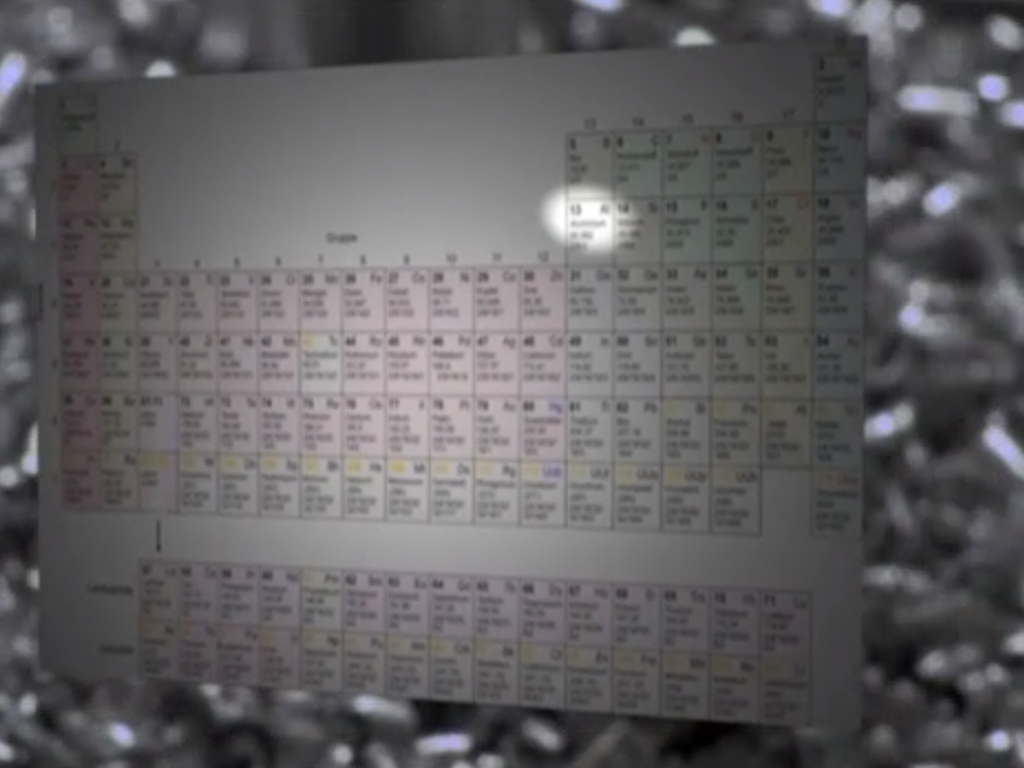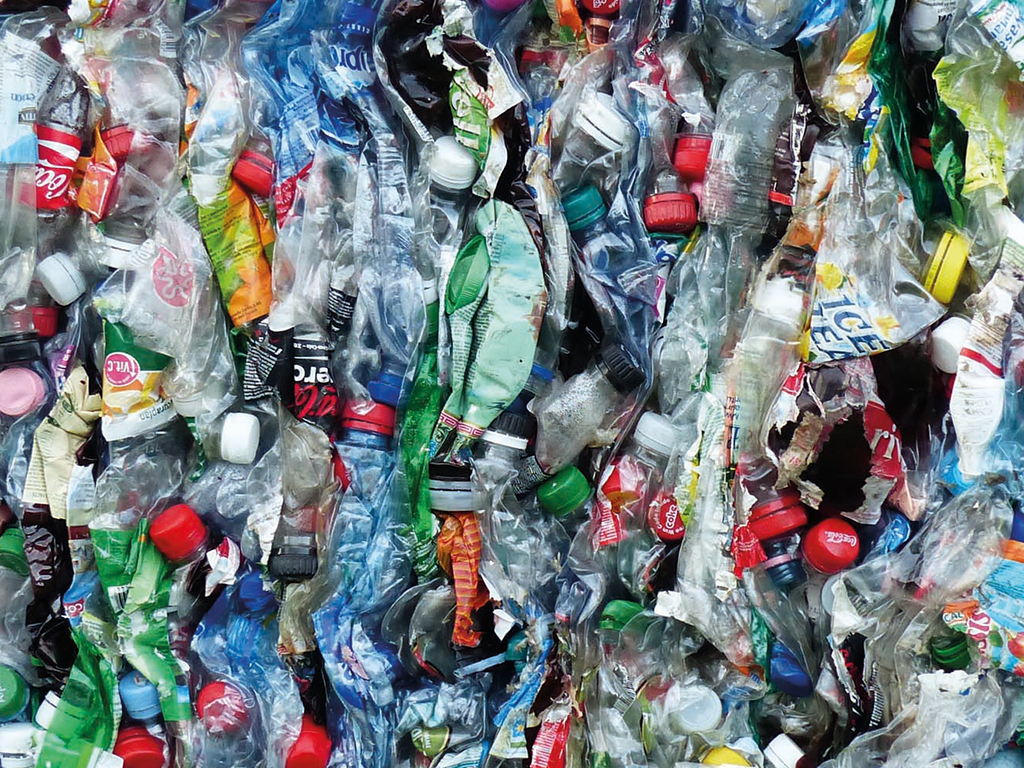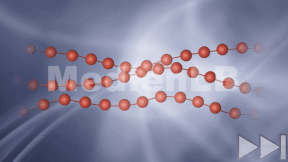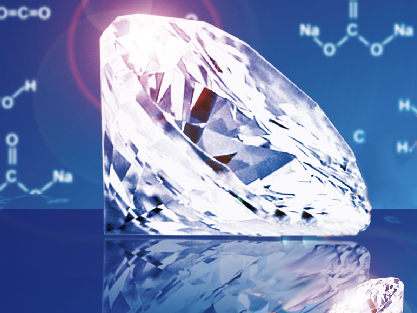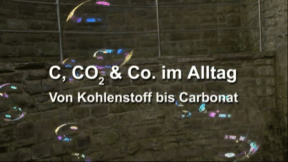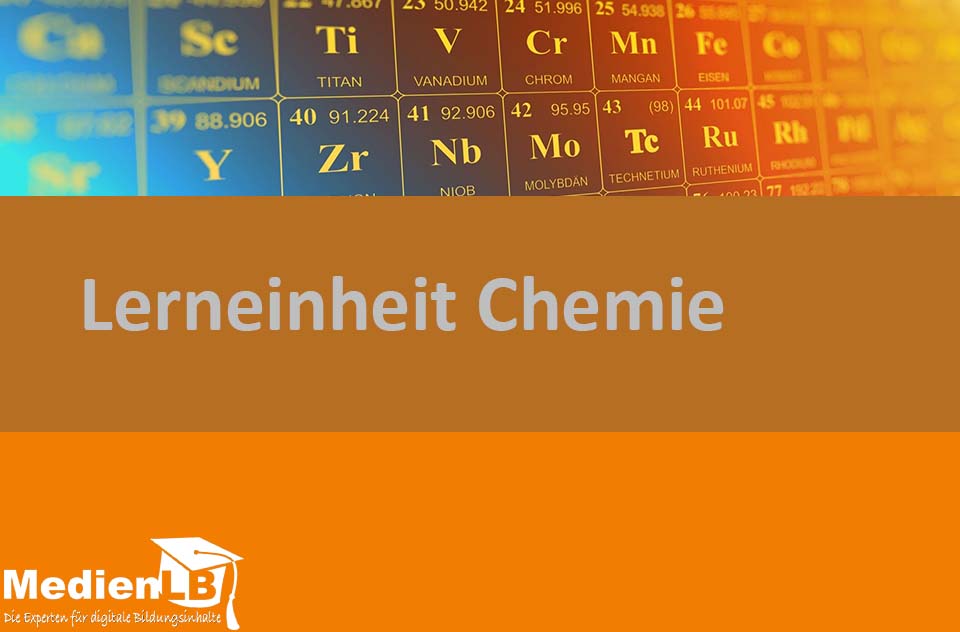
55503282
Periodensystem der Elemente
In 10 interaktiven H5P-Modulen wird Wissen zum Thema Periodensystem der Elemente eingeübt und anschließend abgefragt.
Das Medium bietet H5P-Aufgaben an, die ohne zusätzliche Software verwendbar sind.
Durch interaktive Aufgabentypen wird das audiovisuelle und interaktive Lernen einfach.
Lernen macht jetzt Spaß!
Included Tasks
- I Entstehung des PSE - interaktive Aufgaben
- II Periodensystem kennenlernen - interaktive Aufgaben
- III Gruppen und Perioden - interaktives Video
- IV Elementkarten beschriften - interaktive Aufgabe
- V Protonen; Elektronen; Neutronen - interaktives Video
- VI Bauplan der Atome - interaktive Aufgabe
- VII Symbole; Namen; Aggregatzustände - interaktive Aufgabe
- VIII Außenelektronen; Schalen; Elemente - Dialogkarten
- IX PSE-Wissen prüfen - interaktive Fragen
- X PSE-Quiz - interaktive Aufgabe
Curriculum-centred and oriented towards educational standards
Matching
Basics of Chemistry I
We are surrounded by objects and substances. We recognise objects that are to serve a specific purpose by their shapes. Similar objects may consist of different materials or substances. Substances, however, are independent of shapes and possess very specific properties. We are able to perceive many of these substances with our senses. For example, we can see, touch or smell them so as to be able to recognise them. Chemists are particularly interested in those substance characteristics that can be measured. On the basis of these measurable properties they can distinguish between substances, identify a specific substance or test it for special use. Models help us to understand phenomena. They depict only specific elements of our reality, thus presenting the world in a simplified way. The spherical particle model, for example, helps us to understand how a scent spreads all over the room or substances disperse in water.
Plastic
Plastic has been around for not longer than roughly 100 years, and the synthetic material is a brilliant invention. Its production is cheap, it can take almost any possible form, it is light-weight, versatile and, above all, inexpensive.
C, CO2 and Associates in Everyday Life
All organic matter contains carbon. Coal is deposited in the Earth's interior. It developed about 300 million years ago from plants in a geological period which is also called Carboniferous. During the combustion of organic matter, carbon turns into the gas carbon dioxide. Dissolved in water, it becomes the so-called carbonic acid. Carbon dioxide is an incombustible, colourless and odourless gas that is easily dissolved in water. With various metal oxides or hydroxides it forms two types of salts: the carbonates and the hydrogen carbonates. As calcium carbonate it is contained in natural products such as chalk and egg shells. Specific forms of carbon, called modifications, are graphite and also the particularly valuable diamond.




